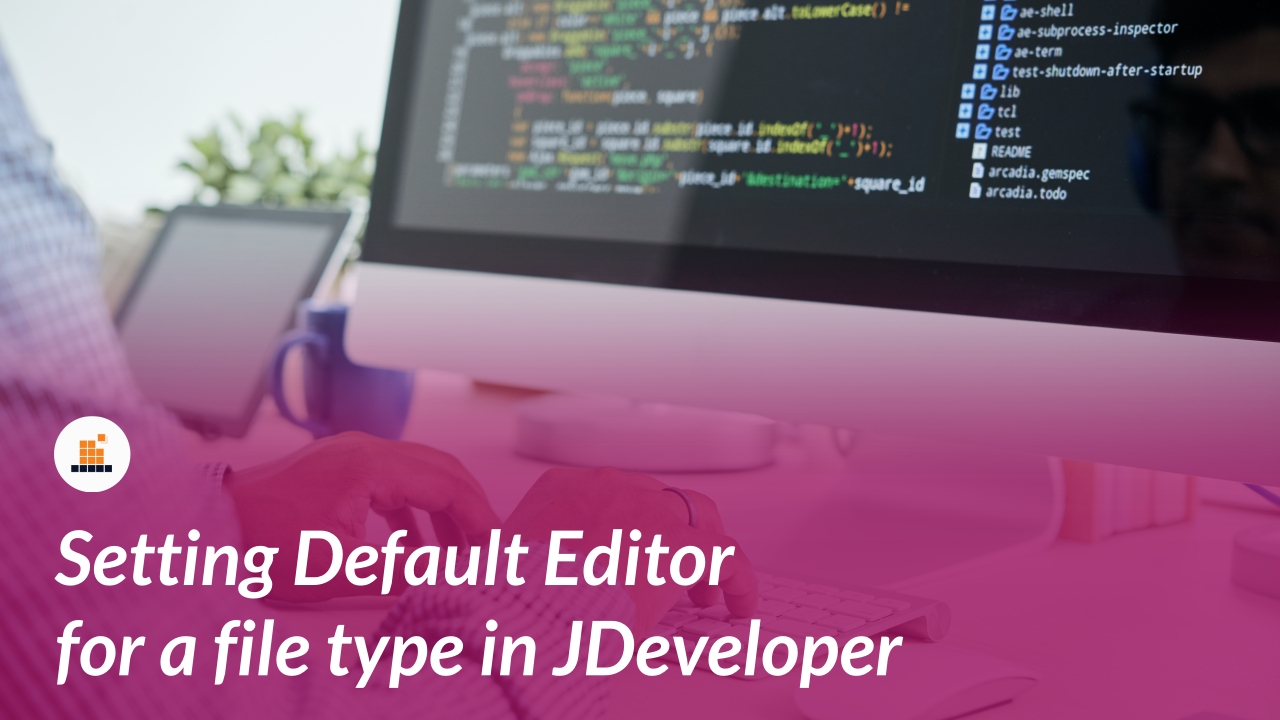Working with the Database Adapter in Oracle SOA Suite 11g
This blogs helps you to work with a Database Adapterprovided in Oracle SOA Suite. Please go through my previous blog <link here> on the initial setup required to work with a Database Adapter. Why Database Adapter? Service Oriented Architecture is all about services, its about your entire business application modeled as Services. In a Business Application, it is obvious that you need database to interact with. But a database by itself cannot be exposed as a service. For ex, in

